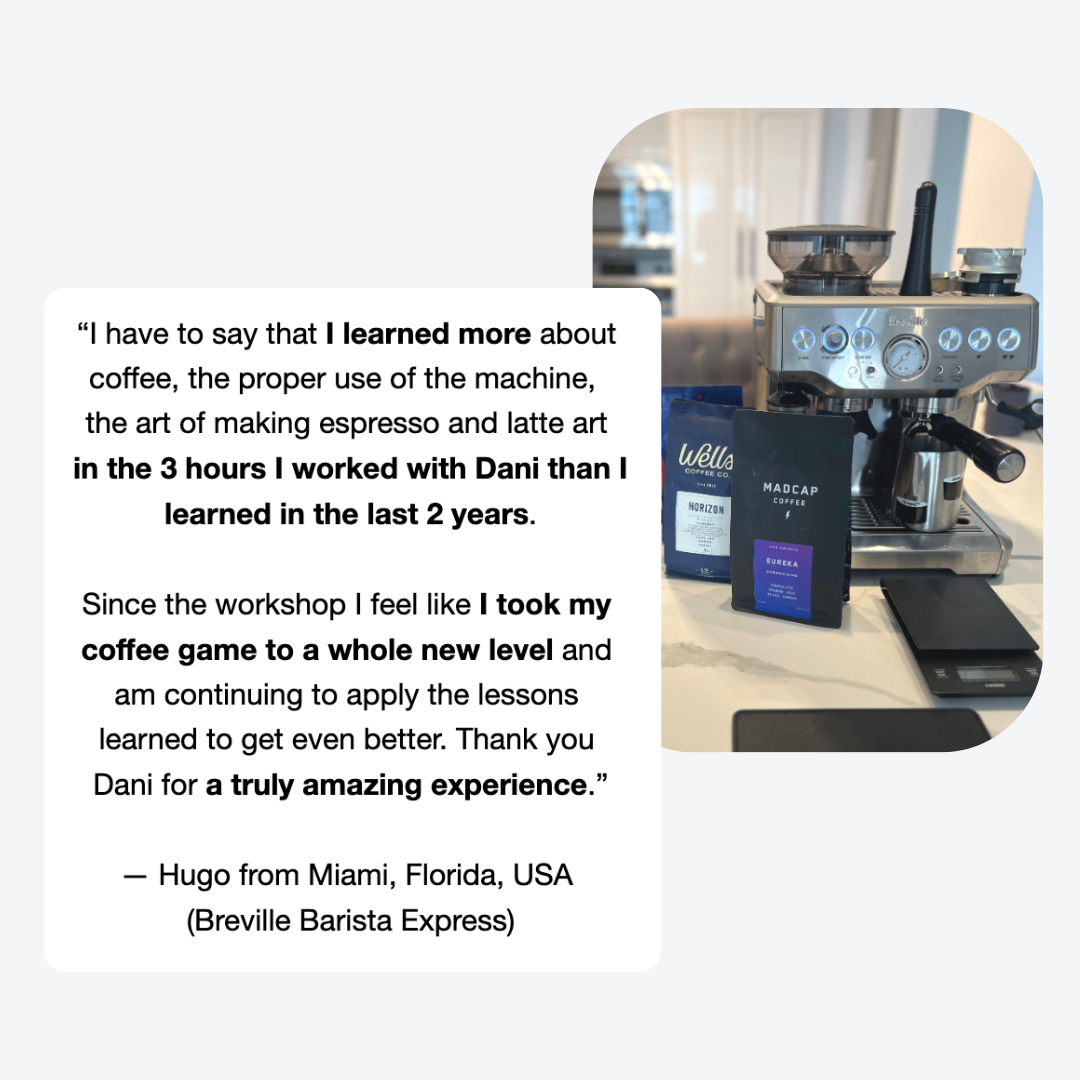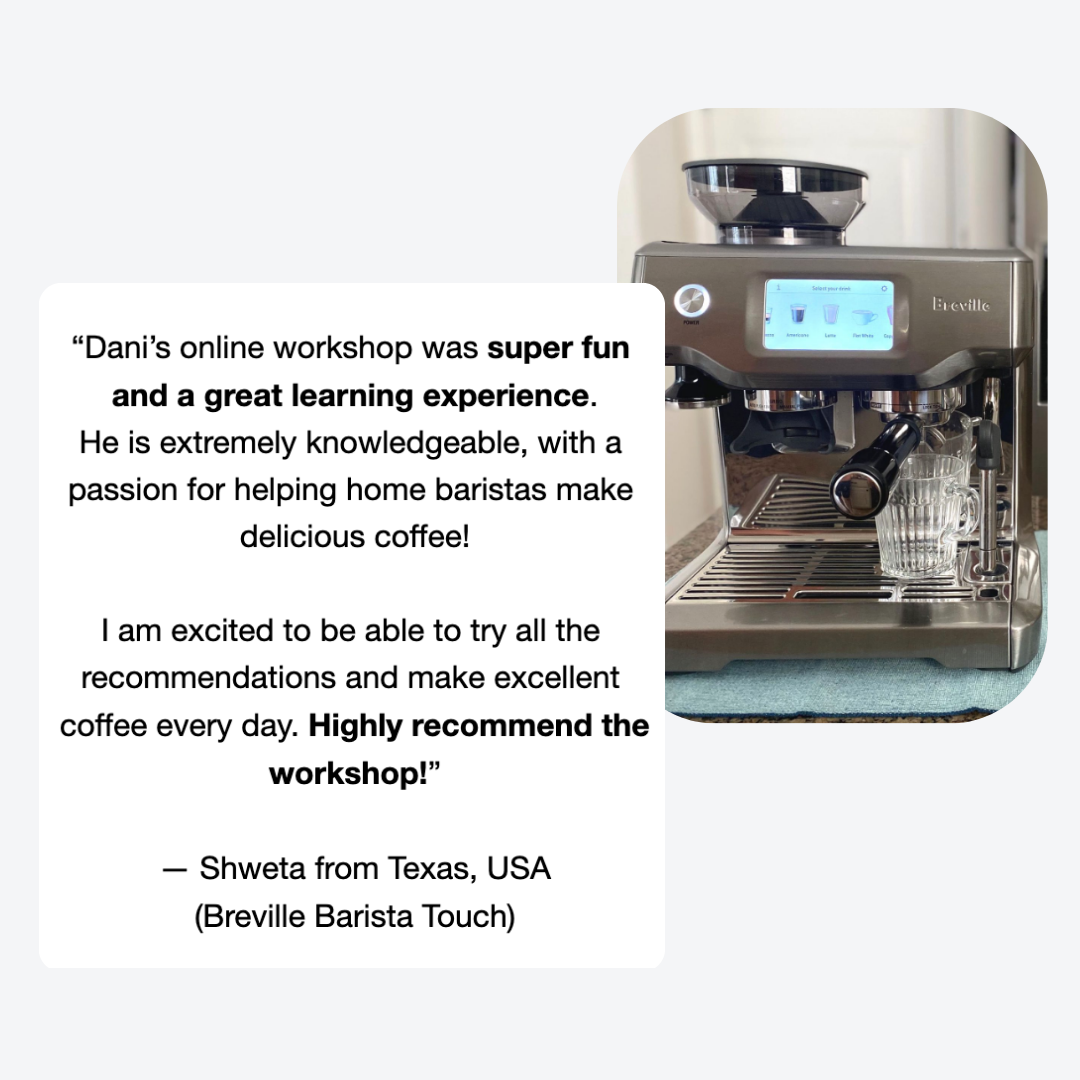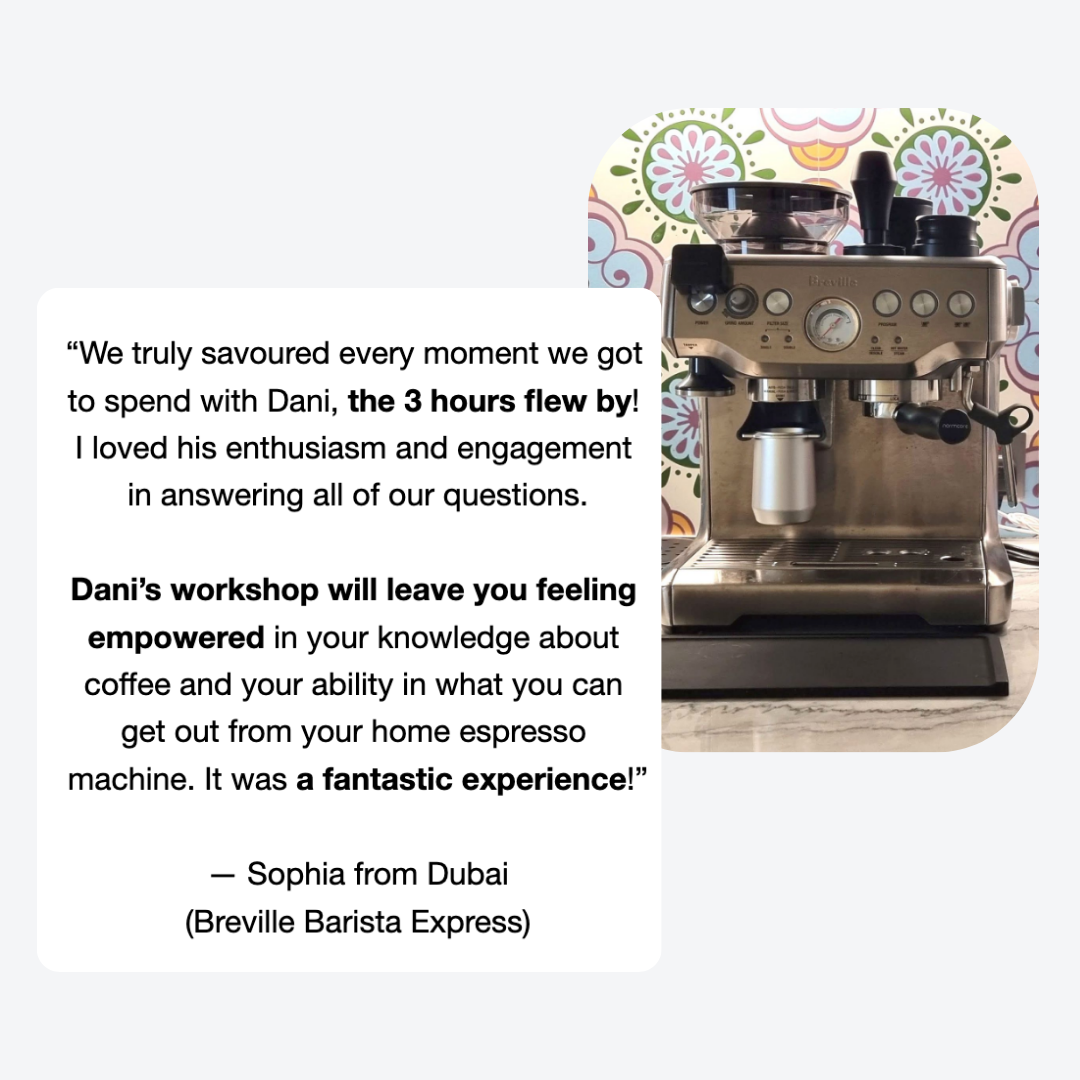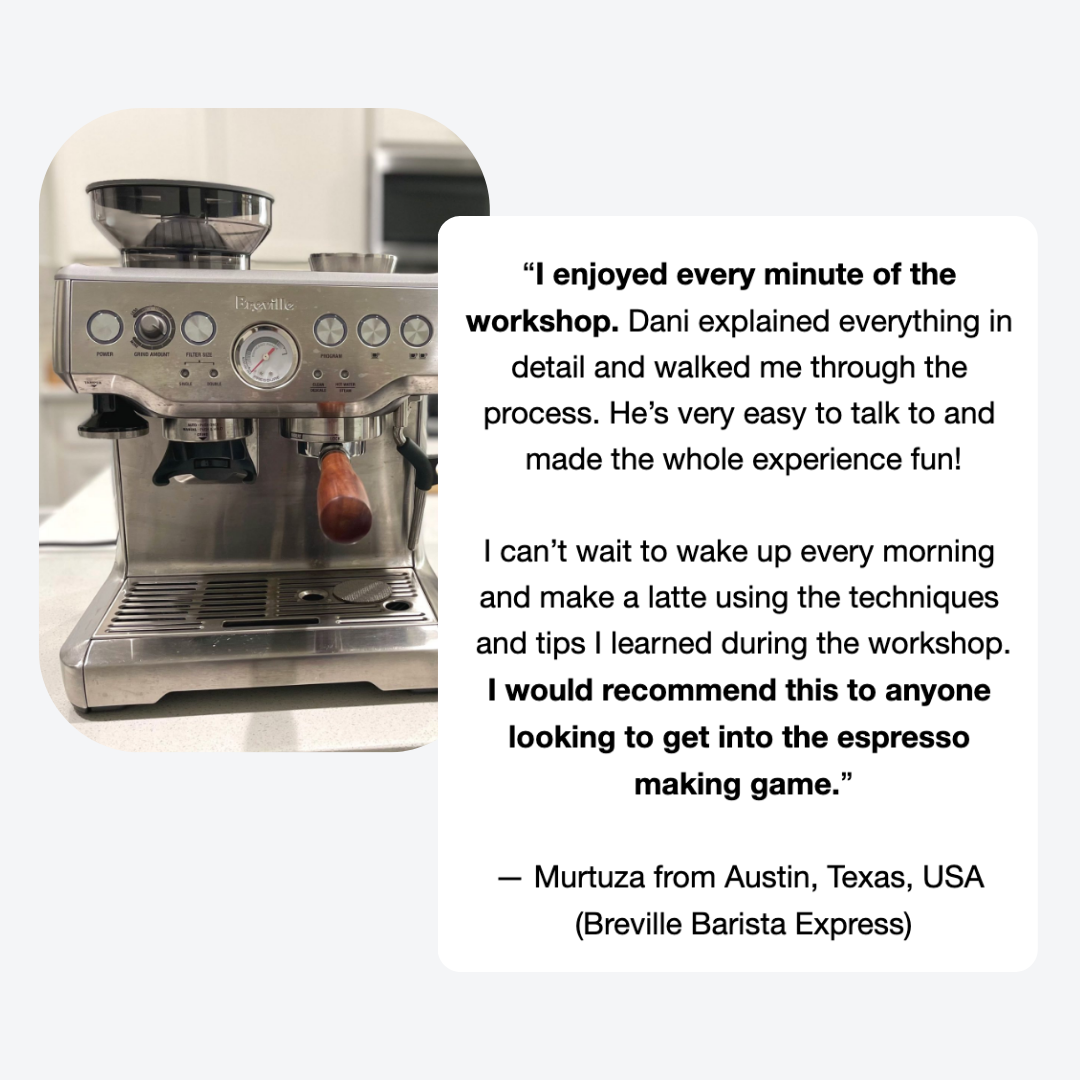Watery and soggy espresso puck
Guidelines for home baristas
If you’re making espresso at home daily and you’re regularly checking how the coffee looks like in the basket after the extraction (also known as “spent coffee” or “spent puck”), you’ve probably noticed at least a few instances when the coffee looked watery and soggy.
What does it mean and what should you do when you end up with a watery and soggy espresso puck? There’s a lot of information out there on this topic, which can be a little confusing and overwhelming. Hopefully, you’ll find my thoughts below helpful.
Watery and soggy espresso puck: what does it mean and what should you do?
Based on my own home barista experience, and doing my fair share of reading and research, there are 2 ways to look at this:
Take time to mindfully taste and evaluate your espresso
You may be significantly under-dosing relative to the size of the basket
Taste your espresso
Before you rush to any conclusions, make sure to take a moment to mindfully taste and evaluate your espresso. If the espresso tastes good, regardless of how the espresso puck looks like, don’t read too much into it, because very likely there’s nothing wrong.
Why is that? I’m going into slightly more detailed information here, but I really want to share it with you too, since I find it both interesting and important.
How does water flow during espresso extraction?
During the espresso extraction, the water makes its way via the:
boiler
group head
shower screen
and it finally reaches the bed of ground coffee sitting in the basket.
When you start the extraction, the water eventually fills up the space between the shower screen and the ground coffee, before it slowly starts to push through the bed of coffee. When you stop the extraction, since there’s no more pressure to force the water out, it’s completely normal to be left with some residual water in your espresso puck. You find it either inside the coffee bed or sitting on top of it (you see this when you unlock the portafilter immediately after the extraction has taken place).
Double-check your dosing
In case you’re left with a substantially watery and messy-looking espresso puck, this can indicate that you are significantly under-dosing compared with the size of the basket. When you under-dose, the space between the shower screen and coffee bed becomes even larger, therefore more water fits in there. That extra water will eventually lead to an even more watery and soggy espresso puck.
For example: after the espresso extraction has taken place, the puck will look very messy if you are only dosing 14 grams of ground coffee in a basket which can normally accommodate as much as 18 grams.
However, it’s important to note that there should always be a gap between the shower screen and the coffee bed, since that’s what allows the water to flow evenly. This is why you should keep in mind not to use too much coffee either!
Use a scale
You can easily make sure you’re dosing adequately by using a coffee scale. I strongly recommend doing so when you’re making espresso at home, it’s really the only way to achieve consistent espresso shots.
I hope you find these tips helpful and, if you’d like to dive deeper, you may consider our espresso and latte art home barista workshops. Happy brewing!












